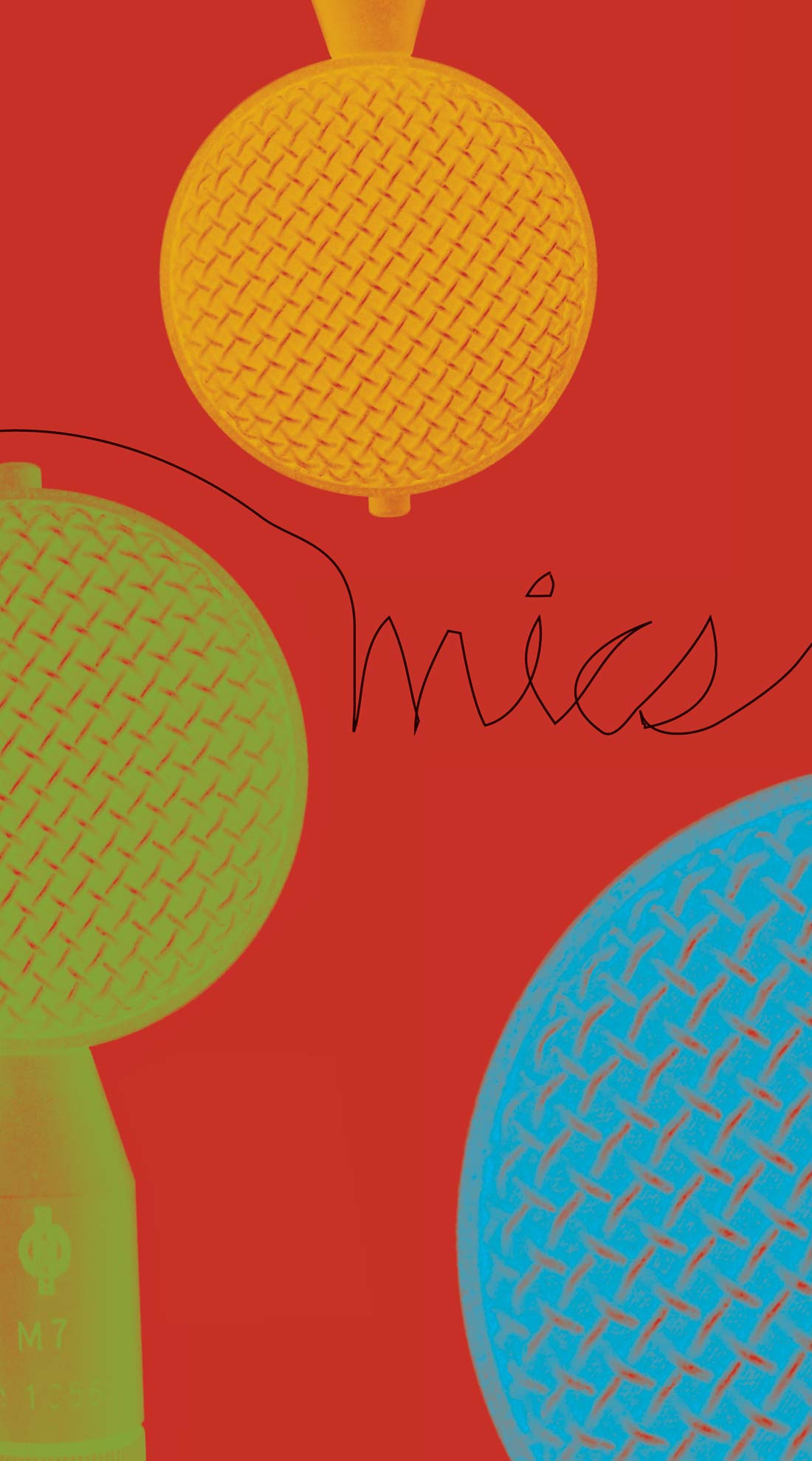In Tape Op #26, I compared the Sony MDR-NC10 earbuds to Bose QuietComfort headphones, both of which employ active noise-canceling technology. Although the Bose phones sounded better, I preferred the Sony earbuds because they're way more practical for traveling. Unfortunately, my MDR-NC10 earbuds have been finicky lately, and one side is no longer performing its noise- canceling duties. So I purchased its descendent, the MDR-NC11, hoping it would perform as well. In short, the new model sucks. There's very little active-cancellation; the intra-canal earbuds aren't as comfortable and provide much less physical noise-reduction; the cable is sticky and therefore super-tangly; the battery drains quicker; and with hyped bass and too much lower midrange, the sound is still muddy. The only improvement? The control module has a grippier clothes/belt clip on it. I paid $76 for the MDR-NC11. Wasted money.
So then... after reading a whole bunch of reviews on the web, I purchased the Shure E3c earphones for $140. These feature earpieces that fit deep in the ear canal and provide passive noise-reduction. A "Personal Fit Kit" with seven different pairs of sleeves for the earphones makes for pretty good odds in terms of fit, but a special technique is required to get the earphones to work properly: pulling on the top of the ear while slowly wiggling the earpiece into the canal. Improper fit not only diminishes the noise-blocking capability, but it also kills the bass response. (A number of user reviews on the web mention a lack of bass, but I attribute these complaints to improper fit or to ears accustomed to the hyped bass of many consumer headphones and speakers.) The E3c set provides less noise-reduction than the old Sony MDR-NC10, but it sounds way better than both the MDR-NC10 and the new MDR-NC11. Less mud, more midrange, and smoother highs-much higher fidelity. But the E3c doesn't cut out any of the buzz from turboprop engines like the old MDR-NC10 can. And it's not as effective reducing the noise in the rest of the spectrum. (Sitting in the cabins of various commercial jets-an old Sony MDR-NC10 earpiece in one ear and a Shure E3c in the other, with no signal feeding the earphones and with Sony's active noise-canceling feature turned off-the amount and quality of isolation was quite similar between the two products. But as soon as I enabled Sony's noise-canceling circuit, the sudden drop in broadband "shhh" on the Sony side made that ear feel like I'd just gotten water in that ear.) Therefore, I felt more ear fatigue with the E3c after trans or intercontinental flights than with the old Sony set; and even with the material and size choices available in the comprehensive fit kit, the Shure E3c is not as comfortable. Also, the L/R indication on the E3c is difficult to see, especially on an overnight flight; although the two earpieces have slight, opposite bends, it's hard to remember which bend corresponds to which ear. But I'm probably being pickier than most because I fly 100,000's miles per year. Also, if I sprung for custom ear molds from Sensaphonics (see Shure's website for details), most of my complaints would probably disappear. Until then, I'm happy with the E3c's high- fidelity sound and its moderate isolation capabilities. It's now a permanent part of my travel pack. (Sony MDR-NC11 $149.99 MSRP; www.sony.com. Shure E3c $179.99 direct w/ money back guarantee; www.shure.com)




_disp_horizontal_bw.jpg)